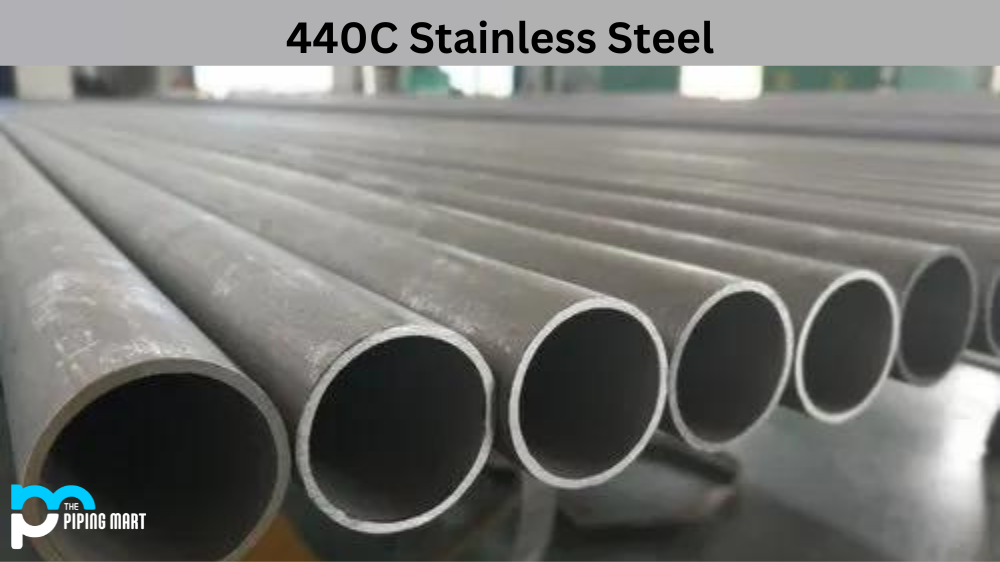Resistance coils are a component found in many electrical circuits and devices. They are made from a variety of materials, but one of the most common is an alloy—a combination of two or more different metals. So why are alloys used for making standard resistance coils? Let’s take a look.
What is an Alloy?
An alloy is a blend of two or more elements that have been melted together to form a new material. The basic idea behind creating alloys is to combine the best characteristics of each element so that you get something better than either element alone. For example, brass is an alloy made from copper and zinc; when combined, these elements form a stronger material than either element on its own.
Why use Alloys for Resistance Coils?
Alloys are often used for making resistance coils because they offer numerous benefits over other materials like copper or iron alone. First, alloys tend to be stronger than any one metal by itself, which makes them ideal for applications where strength and durability are important. Second, alloys can be tailored to meet specific needs; you can adjust the ratio of each element in the alloy to get different properties that match your application’s requirements perfectly. Finally, alloys often cost less than pure metals since they don’t need as much processing before they can be used.
Conclusion:
Alloy-based resistance coils offer numerous advantages over single-metal options, making them ideal for many electrical applications such as transformers and power supplies. Their strength and ability to be tailored to specific needs make them an attractive option for manufacturers looking for an efficient and durable solution at an affordable price. Understanding why alloys are used in standard resistance coils can help you make better decisions about materials when designing your next project!

A passionate metal industry expert and blogger. With over 5 years of experience in the field, Palak brings a wealth of knowledge and insight to her writing. Whether discussing the latest trends in the metal industry or sharing tips, she is dedicated to helping others succeed in the metal industry.




